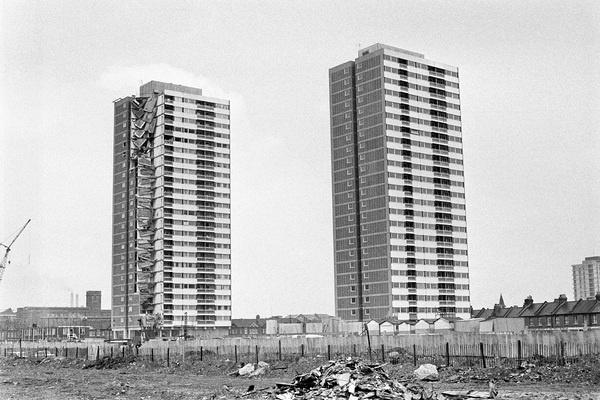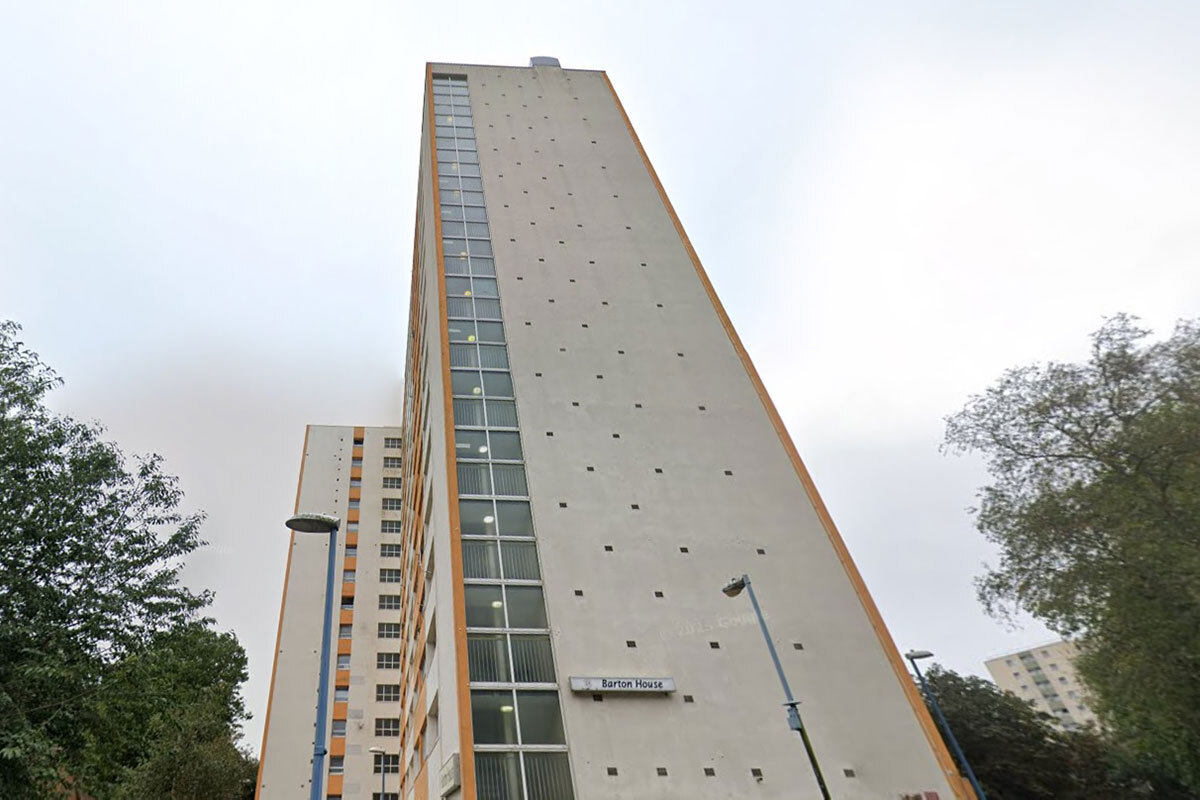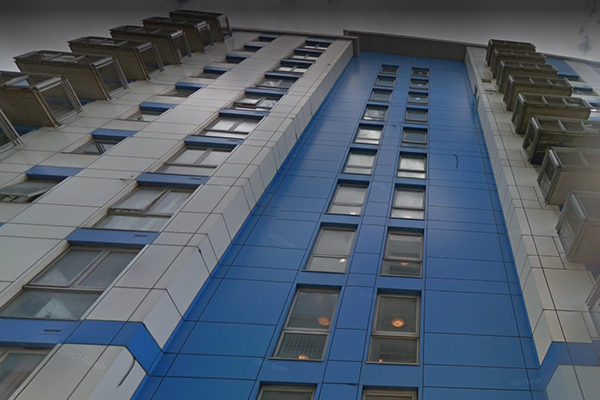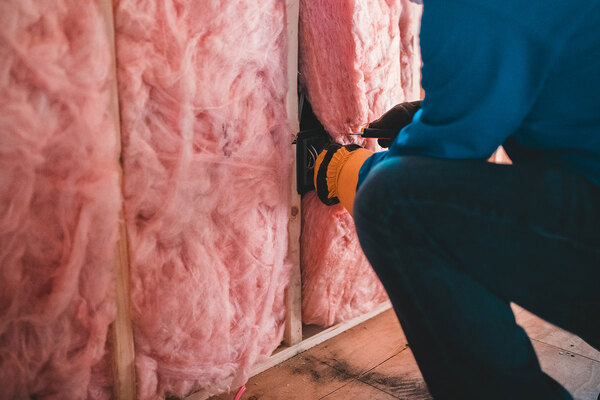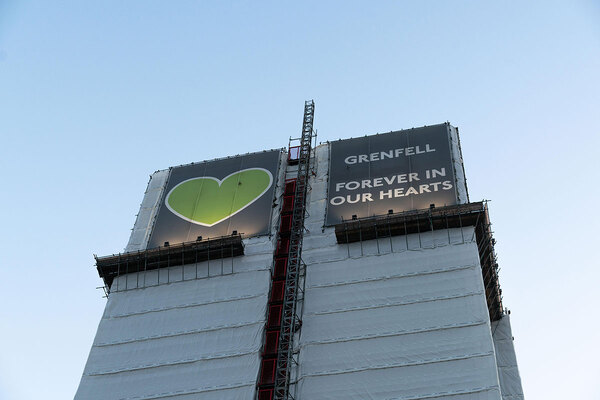Government working group warned of major structural safety risks amid industry ‘prioritisting profit over safety’, leaked minutes reveal
An expert group assembled to advise the government warned of major risks, including unstrengthened Ronan Point-style buildings, and said “the market is… prioritising profit over safety”, minutes obtained by Inside Housing reveal.
The minutes show that a structural stability working group (SSWG) consisting of a range of industry experts was established in December 2021 to provide advice to ministers on the risks of building collapse.
In their first meeting, they listed issues that worried them, including:
-
ageing large-panel system (LPS) buildings, which may not have been properly strengthened;
-
the use of reinforced autoclaved aerated concrete (RAAC) in residential and public buildings;
-
the addition of floors to existing buildings (airspace developments);
-
the use of steel and timber frame to build medium and high-rise buildings;
-
brick slips and other cladding materials which could fall from buildings and injure people on the ground.
The minutes note the experts felt they “need [to] better understand the scale of the problem” as “many structural defects are hidden”. “The market is not responding in the way we would wish, prioritising profit over safety,” they wrote.
A particular concern was LPS buildings – those developed using the same method as Ronan Point, which suffered a devastating collapse in 1968.
The experts said many “LPS buildings which were supposed to have undergone remedial work in previous decades were not remediated”.
“A member with extensive experience in the structural analysis of LPS buildings indicated that many were not strengthened post Ronan Point,” the minutes say.
“The member suggested that a view should be taken by government at a national level across the whole LPS estate as to what is an acceptable risk level for these buildings, combined with standardised risk mitigation measures”.
The revelations come as Bristol Council evacuated 400 residents from a tower block in the city due to fire and structural safety risks.
A Freedom of Information Act (FOIA) request submitted in 2018 confirms that the building is LPS. In this method of construction, concrete slabs are connected together, but problems with the ties can cause a heightened risk of collapse. The FOIA said the block had been strengthened in the 1970s, but not in the years since.
As previously reported by The Guardian, this concern culminated in a submission to ministers asking them to write to social landlords with LPS buildings, to start building up a picture of their number and condition.
But this was never done, with then-building safety minister Lee Rowley’s office writing: “[Mr Rowley] summarised by saying we have known about this problem for 55 years, we haven’t been able to quantify it, we’re not clear who is responsible for it and now we want to spend a year collecting data on it, but we don’t know what we’re going to do when we get it – is that right?”
The office asked for a “substantial rewrite” of the submission, and for it to include an option to “do nothing”. This email triggered the resignation of a civil servant, who warned the government was risking “a Grenfell-scale tragedy” through its failure to deal with LPS buildings, in an email previously reported by The Guardian and seen by Inside Housing.
Social landlords are currently carrying out structural surveys on LPS buildings for the first time in decades, due to the requirement to prepare a safety case under the new Building Safety Act.
One safety manager at a social landlord with a number of LPS buildings previously told Inside Housing: “Our LPS buildings are 60 years old, and they’ve never had any kind of structural scrutiny. They’ve had some historic strengthening work, but then no subsequent follow-up.”
The manager added that while this issue was being taken seriously within their organisation, this was not the case everywhere. “We’ve not had a structural collapse since Ronan Point, so it hasn’t been as topical as fire safety. I think it’s going to become the next crisis, because it’s been ignored.”
The minutes obtained by Inside Housing show the working group also raised concerns about competency, as there is no restriction on using the professional title “structural engineer”.
While becoming a chartered structural engineer requires a seven-hour exam with a 30% pass rate, some of those who had failed this exam were continuing to trade as structural engineers, the minutes said.
The minutes added that this was a particular problem for the assessment of existing buildings. “Assessing existing buildings is more complex than designing new buildings,” the minutes said. It suggested a 10-year programme to educate more structural engineers.
Falling bricks and tiles were said to be “a problem”. The failure of the fixings which hold the brick slips – heavy cladding panels made partly from brick and designed to give the appearance of a brick-built structure – was said to be a “longstanding concern”.
“These are often a construction system and certification issue, and this is an area the Office for Product Safety and Standards are interested in,” the minutes said.
Data collected by the Scottish government was said to have recorded 1,100 instances of items falling from buildings in two years.
Housing providers are currently developing ‘building safety cases’ for their high rises to submit to the new Building Safety Regulator by April. These need to include structural surveys.
In 2018, research suggested there were 575 LPS buildings around the country, although some have since been demolished.
“We have been massively concerned for the 40 years that our campaign has existed that the government isn’t taking this seriously enough,” said Danielle Gregory, project manager at Tower Blocks UK, the grassroots campaign group formed in the 1980s which has been pushing for the risk of LPS blocks to be taken more seriously.
“We are convinced that if something isn’t done, we are likely to see the collapse of an LPS building in this country. What we’re asking the government to do is a national audit of tower blocks, specifically looking at LPS.
“With every new housing minister that comes in, we write to them with our concerns, but quite often we don’t get a reply. We get ignored. It’s not just frustrating, it’s dangerous. The government is shirking its responsibility on this one.”
As well as the issues in Bristol, there was a serious balcony collapse in Barking, east London, at the weekend.
These follow the story that Barratt, the UK’s largest house builder, which had to review the structural stability of 130 blocks built with the advice of consultancy AECOM, found 44 needed remedial work and one (Citiscape in Croydon) required full demolition.
House builder Bellway said last month it was putting aside £30m to resolve structural issues with an unnamed concrete block in south London, and reviewing other buildings constructed by the same third parties.
Notting Hill Genesis had to fully evacuate a large student housing block in west London because of fire and structural concerns in 2020, and last month Inside Housing revealed the same provider had to evacuate another London building after cladding works revealed persistent leaks had rotted the wood frame.
These stories cover a range of building types, and older and new buildings – pointing to the potential for a crisis across the sector.
A spokesperson for the Department for Levelling Up, Housing and Communities said: “Following the Grenfell Tower tragedy, the government has introduced some of the toughest building safety regulations in the world through its landmark Building Safety Act. The act also introduced a new Building Safety Regulator to assess the safety and standards of all buildings, to monitor and investigate any potential risks or changes that may affect residents’ safety, and to oversee a culture of higher standards throughout our built environment.
“The Building Safety Regulator actively monitors structural and fire risks across the built environment and advises government on any action that may be needed.”
Sign up for our daily newsletter
Already have an account? Click here to manage your newsletters
